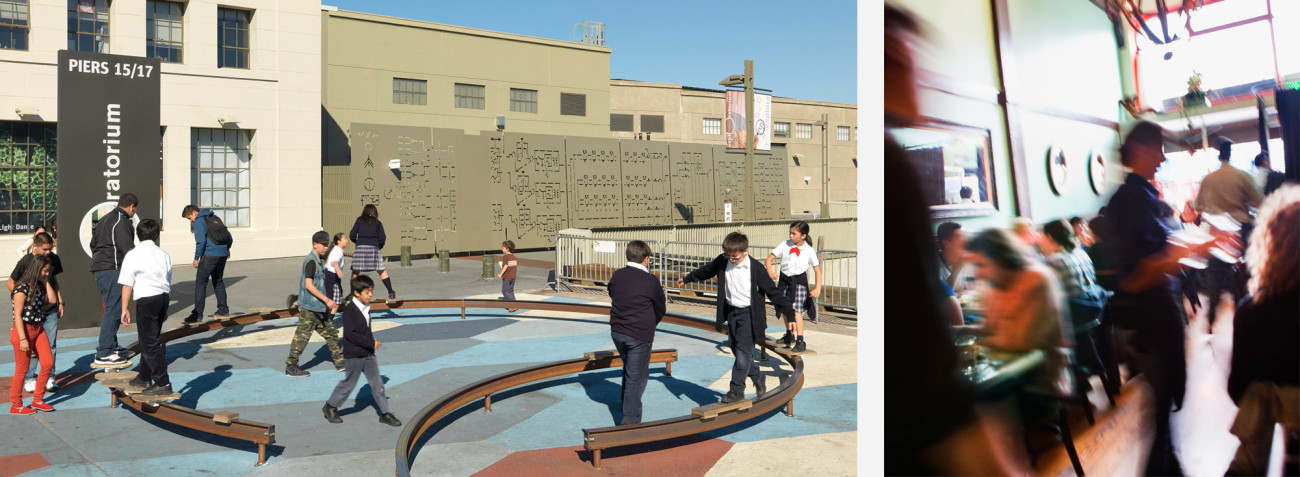SAN MATEO — Legendary jockey Russell Baze doesn’t race here anymore, but you can tour a model home on Baze Road, the street that bears his name.
Nearly five years after the demolition of historic Bay Meadows racetrack, one of the largest housing developments in the Bay Area is rising from the dust at last. And though only a small portion of the 83-acre project has been built, homes are already selling — briskly.
Local planners and policymakers tout the venture, dubbed Bay Meadows Phase II, as the embodiment of sustainable growth: building new residential clusters around public transportation hubs.
When it’s finished about five years from now, the mixed-use project abutting the Hillsdale Caltrain station will comprise more than 1,100 housing units, up to 1.5 million square feet of office space, 90,000 square feet of retail space and 15 acres of parks.
The property will also be home to a new high school campus for the elite Nueva School, an academy for gifted children. The private school, which administers an IQ test to applicants, is expanding from its pre-kindergarten-to-eighth grade format. Nueva’s high school will open this fall on the campus of College of San Mateo, then move to Bay Meadows in 2014.
All that comes on top of more than 700 homes and apartments created by Bay Meadows Phase I, an adjoining neighborhood built on the old practice track. That project, begun in 1997, includes several restaurants, two coffee shops and a Whole Foods Market.
The second phase in particular provided a rare opportunity to build a community from scratch, said Joshua Hugg, program manager for the Housing Leadership Council of San Mateo County, a nonprofit that advocates for new housing for people of all incomes.
“This is what it looks like when all the pieces of the puzzle fit together,” said Hugg, who also sits on the San Mateo County Planning Commission, though he joined in 2012 after the second phase was approved. He called the project a chance to “really demonstrate the potential of transit-oriented development.”
Charging ahead
Bay Meadows Phase II took nearly a decade to get off the ground. Fans of the thoroughbred horse-racing track fought bitterly to preserve the historic venue. Then the recession hit, delaying construction.
But developers are now charging ahead. They’ve released 50 townhouses since March through a lottery system and sold them all. The buildings aren’t finished, so those buyers weren’t even able to tour model homes, which didn’t open until June.
Janice Thacher, a partner at lead developer Wilson Meany, said demand for the homes reflects the Peninsula’s highly competitive housing market.
“People were buying without having anything to see,” Thacher said, “which I find really amazing.”
Stephanie Reyes and her husband purchased a three-bedroom townhouse in May, having seen only a floor plan. They were drawn by the prospect of living in a walkable community and the proximity to Caltrain.
“We both prefer to take the train whenever possible,” said Reyes, who works for the Greenbelt Alliance, one of several environmental groups that endorsed the project.
‘Pent-up demand’
The second phase of the Bay Meadows project will give a needed boost to the Peninsula’s housing supply, said Hugg, noting that the area is rich in jobs but poor in housing. Sixty-one percent of the jobs in San Mateo County are held by people who live outside the county, according to the most recent data from the U.S. Census Bureau’s Center for Economic Studies. The Association of Bay Area Governments and Metropolitan Transportation Commission estimate the county needs to add 56,000 housing units by 2040 just to keep pace with job and population growth.
“This is one of the few opportunities in a highly sought-after area,” Hugg said, “where we’re finally meeting that pent-up demand.”
Though Bay Meadows Phase II is linked to Caltrain, critics have argued it will still cause traffic congestion in the area. Others counter that growth is inevitable, and projects like Bay Meadows minimize the adverse effects.
“We have some great neighborhoods in our city, but the future is this sort of development,” said Jack Matthews, an architect and longtime San Mateo City Councilman. “If we do it right, we’ll only enhance our living environment and won’t detract from it.”
Read the original story here.
